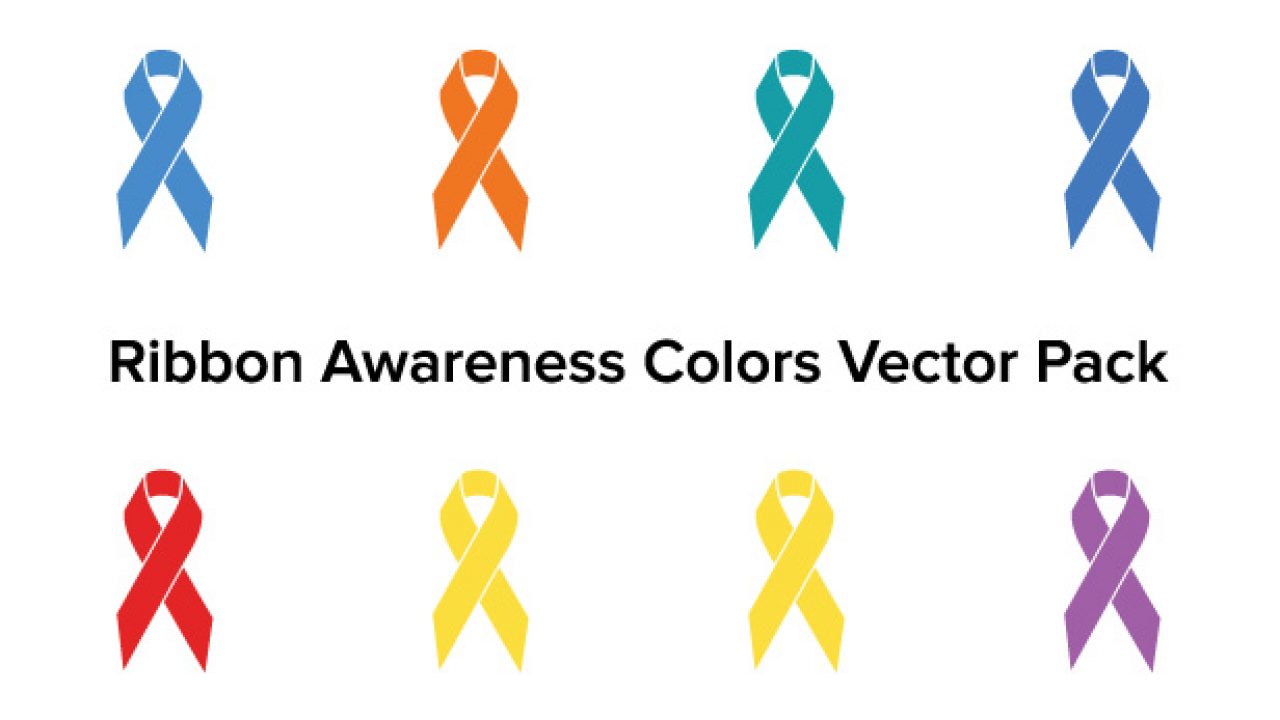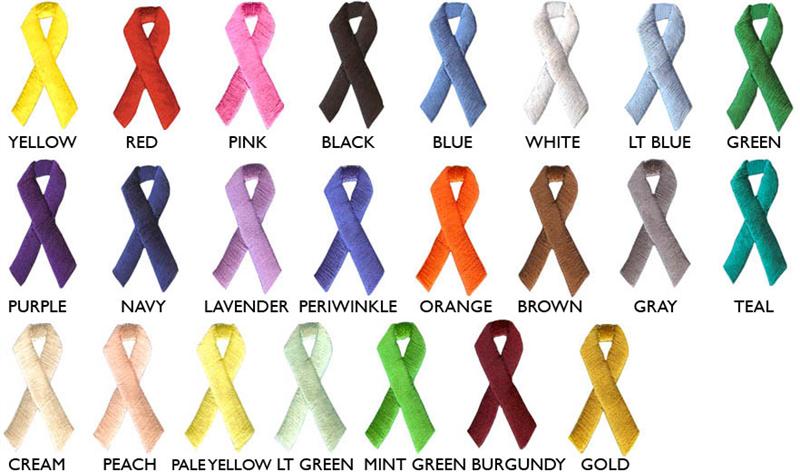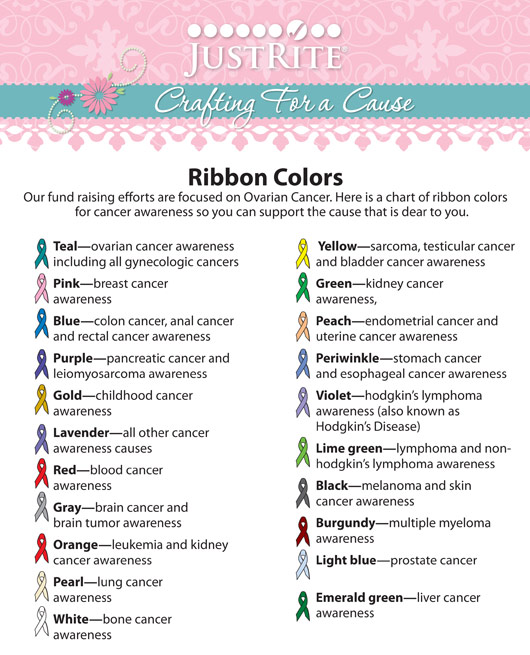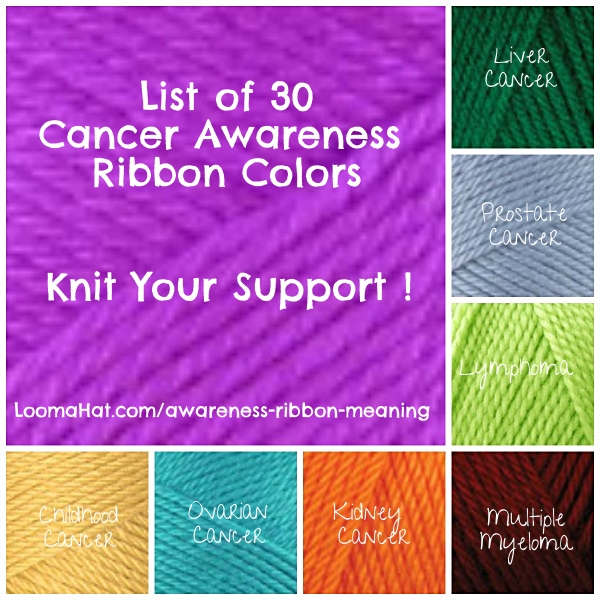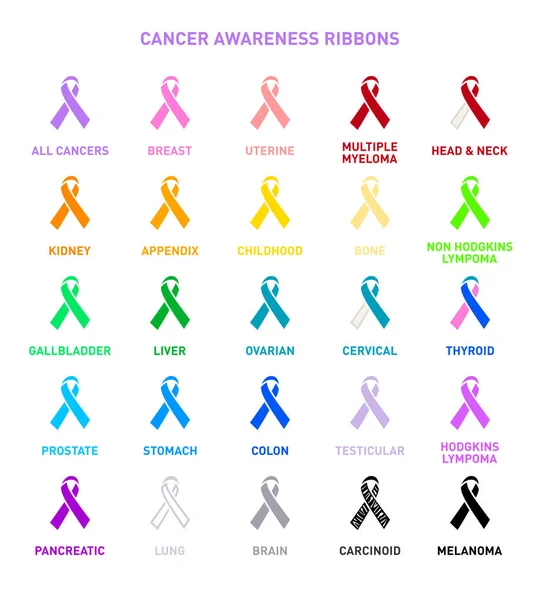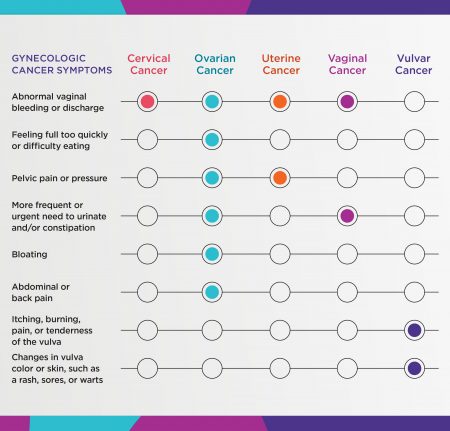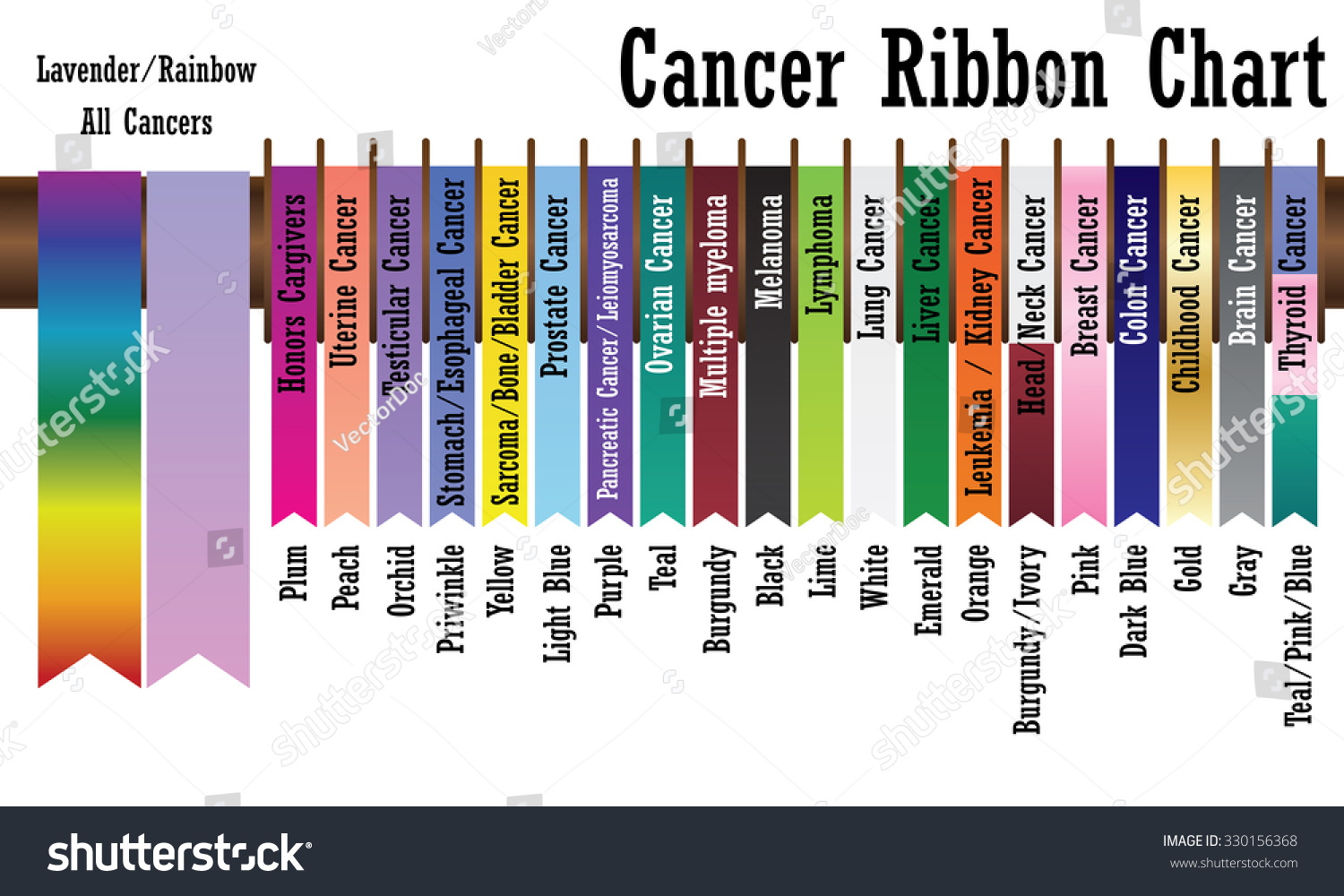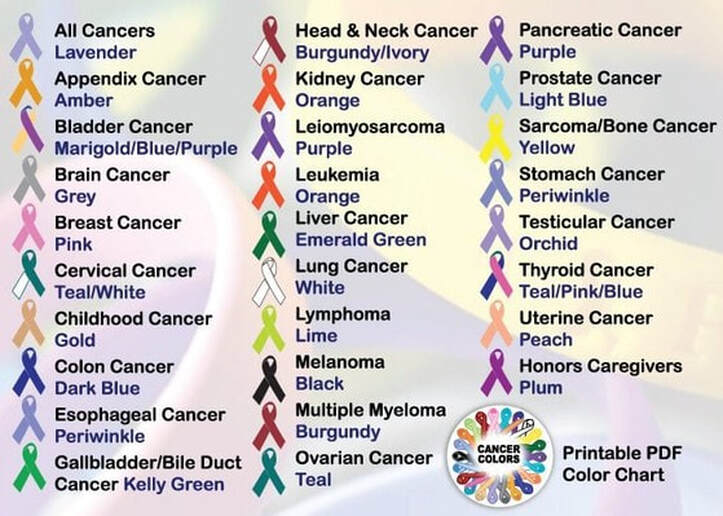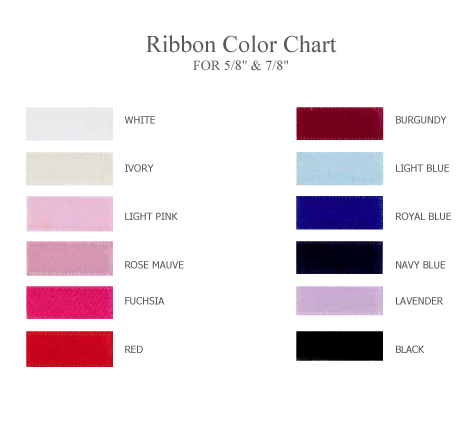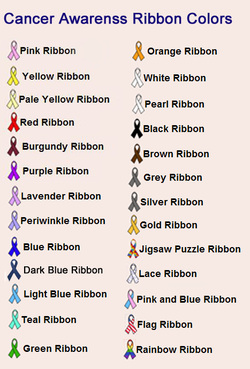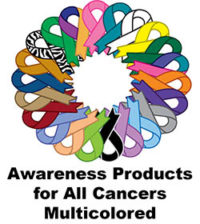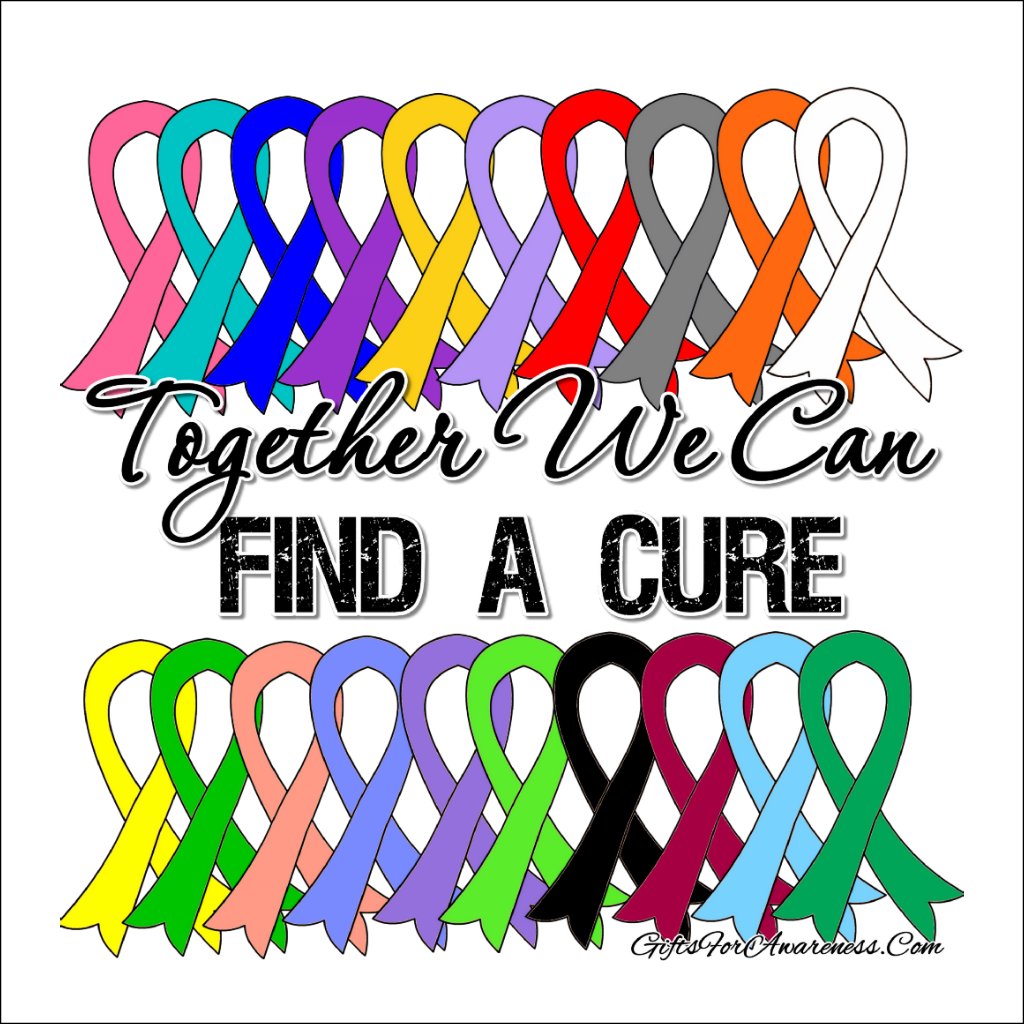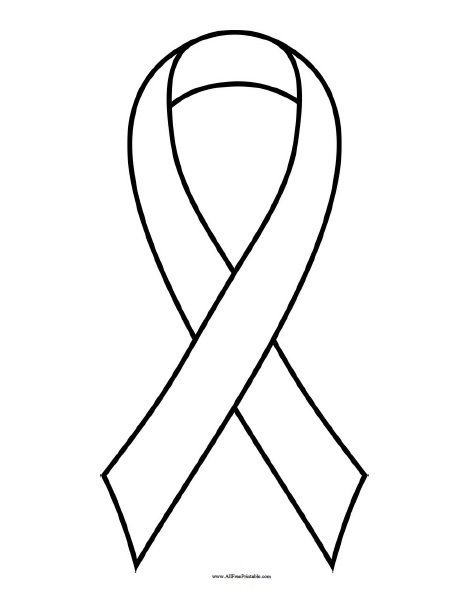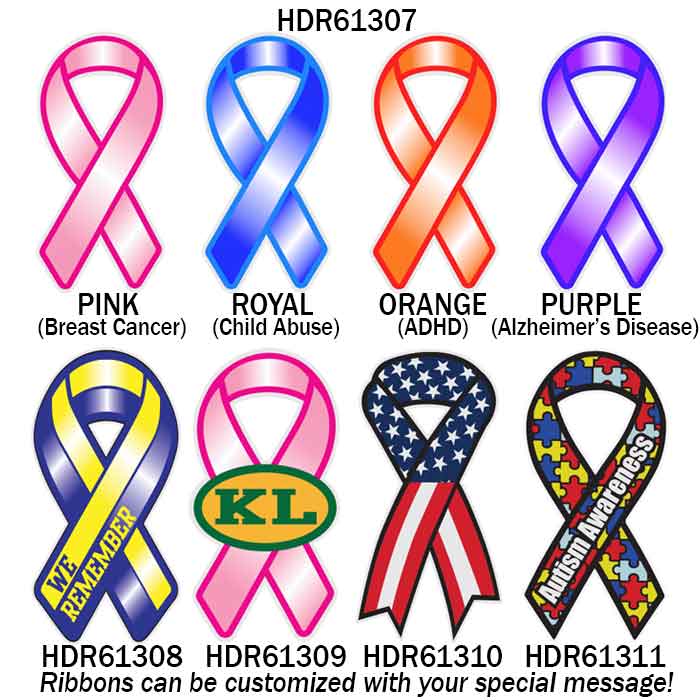Cancer Ribbon Color Chart
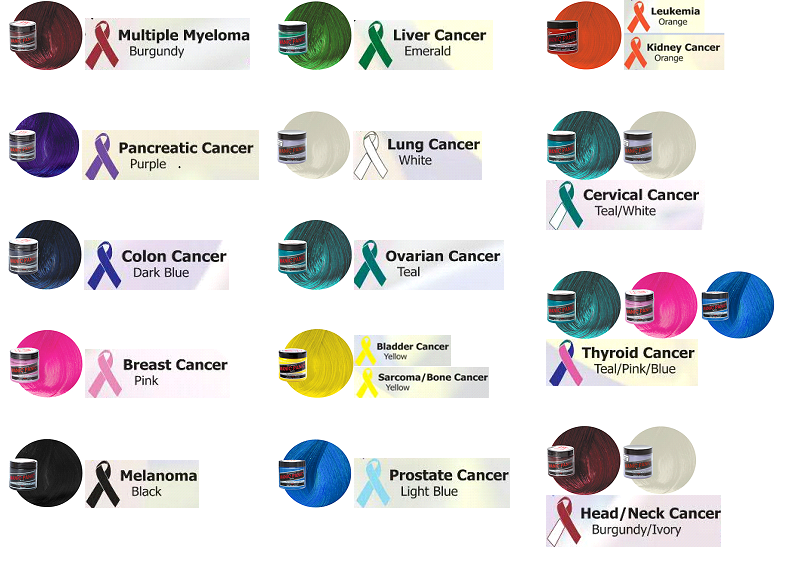
Choose hope is committed to supporting the cancer community.
Cancer ribbon color chart. Light baby pink and baby blue. The american bladder cancer society state that bladder cancer accounts for up 5 percent of all cancer cases. Cancer of the bladder uses a blue yellow and purple ribbon for recognition.
That s why we make our cancer awareness ribbon colors chart and our cancer awareness month calendar available to you. Plus we ve included a free png download that you can use to create your own cancer ribbon t shirt design. To help put an end to any and all confusion about cancer ribbon colors we ve put together this guide with 59 different cancer ribbons their correct colors and the associated cancer awareness months days.
Skin cancer is represented by a black ribbon lung cancer by a white ribbon and prostate cancer is light blue. A light purple or lavender ribbon is generally used to represent all cancers as a whole. Sometimes instead many different ribbons are combined together to represent all cancers.
Uncommon or rare cancers may be represented in a few ways either with a light purple ribbon or a black and white zebra print ribbon. Many different groups foundations and organizations have adopted ribbons as symbols of support or awareness as a result various causes may often share the same or similar ribbon color s. It accounts for about 5 percent of all new cancer cases in the united states.
The first documentation of symbolic ribbons comes from medieval times. We want to help. May bladder cancer is the fourth most common cancer in men.
Awareness ribbons are defined as short pieces of colored ribbon folded into a loop or representations of such which are used in the united states canada australia uk and other parts of the world as a way for wearers of the ribbon s to make a statement of support for a cause or issue. The three most common types of cancer are skin cancer or melanoma lung cancer and prostate cancer in that order. Breast cancer hot pink for inflammatory breast cancer teal and pink for hereditary breast cancer and for breast and gynecologic cancers together male breast cancer.
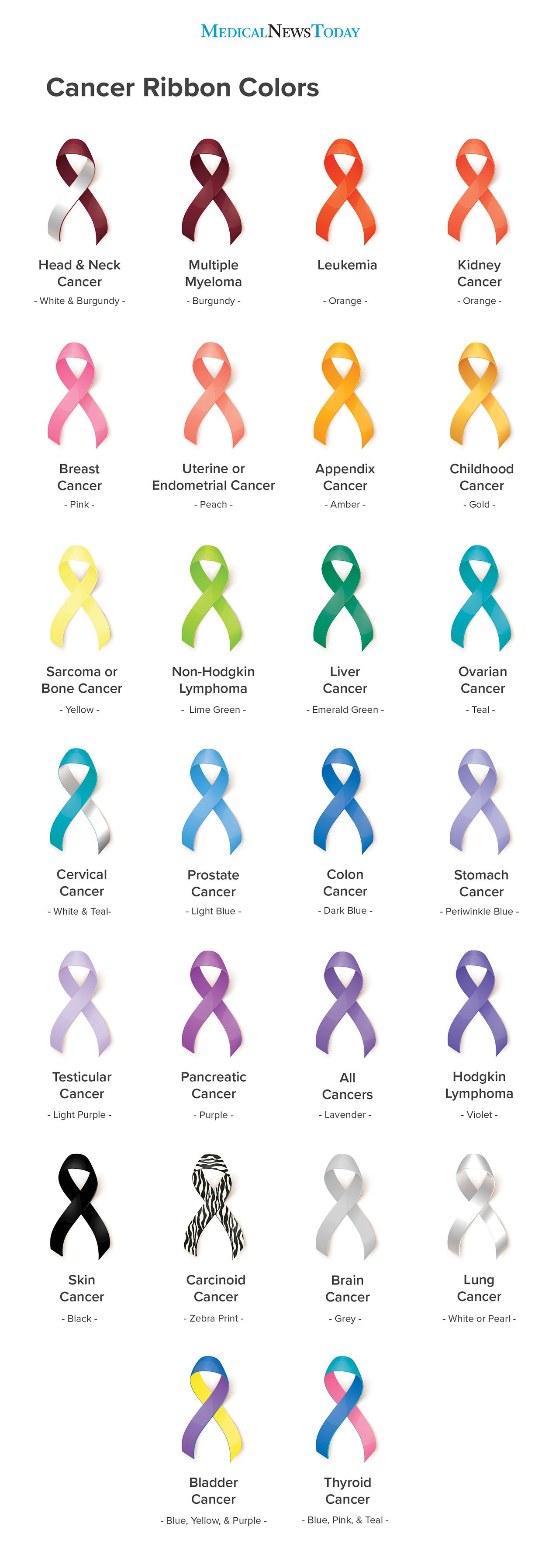


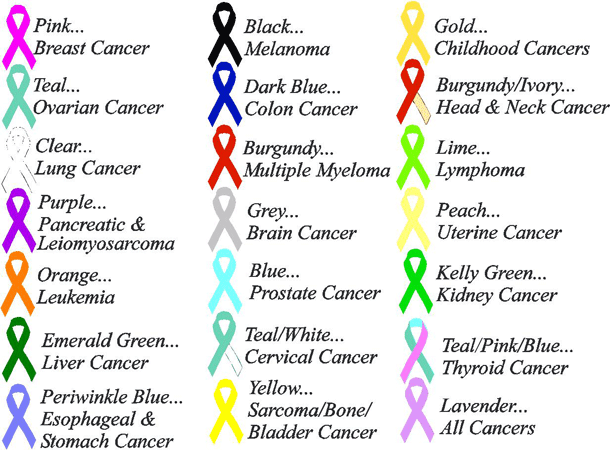







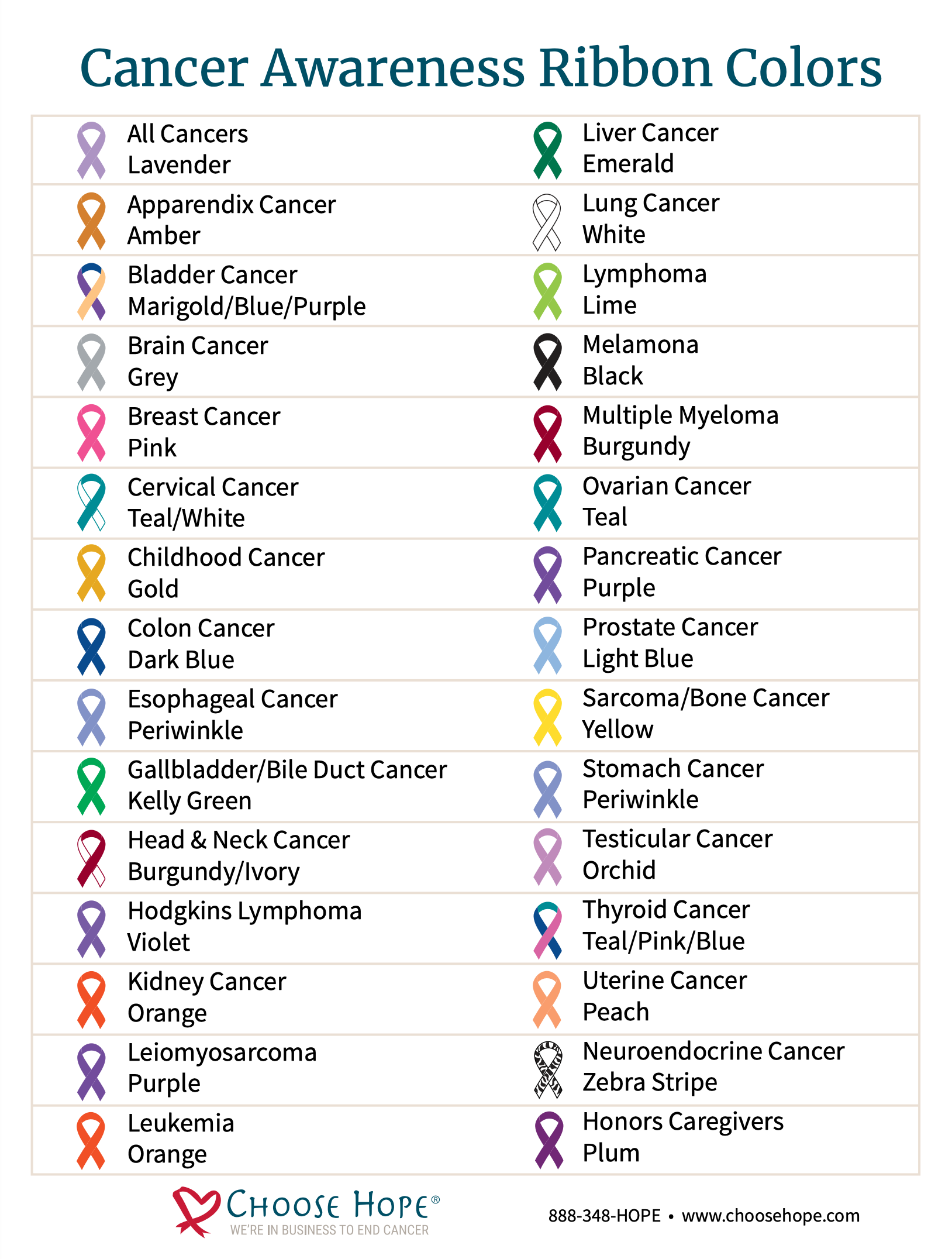



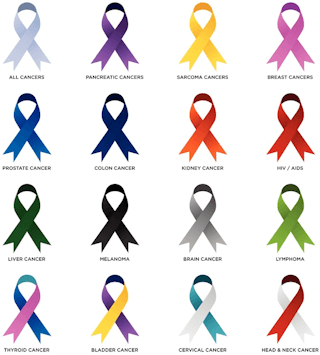
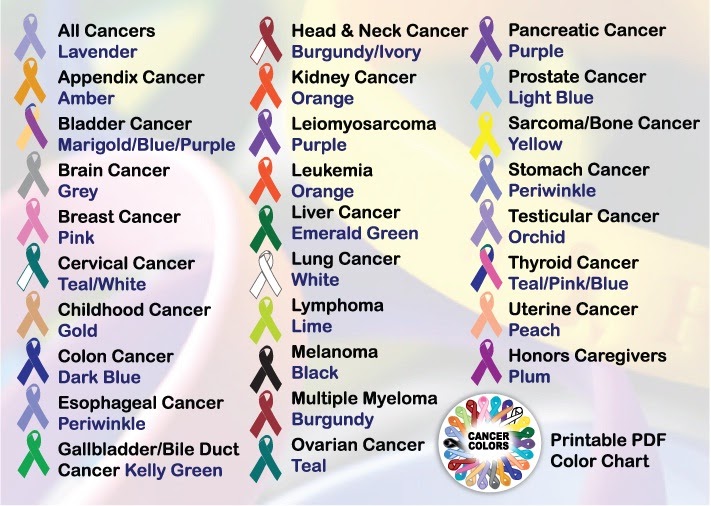





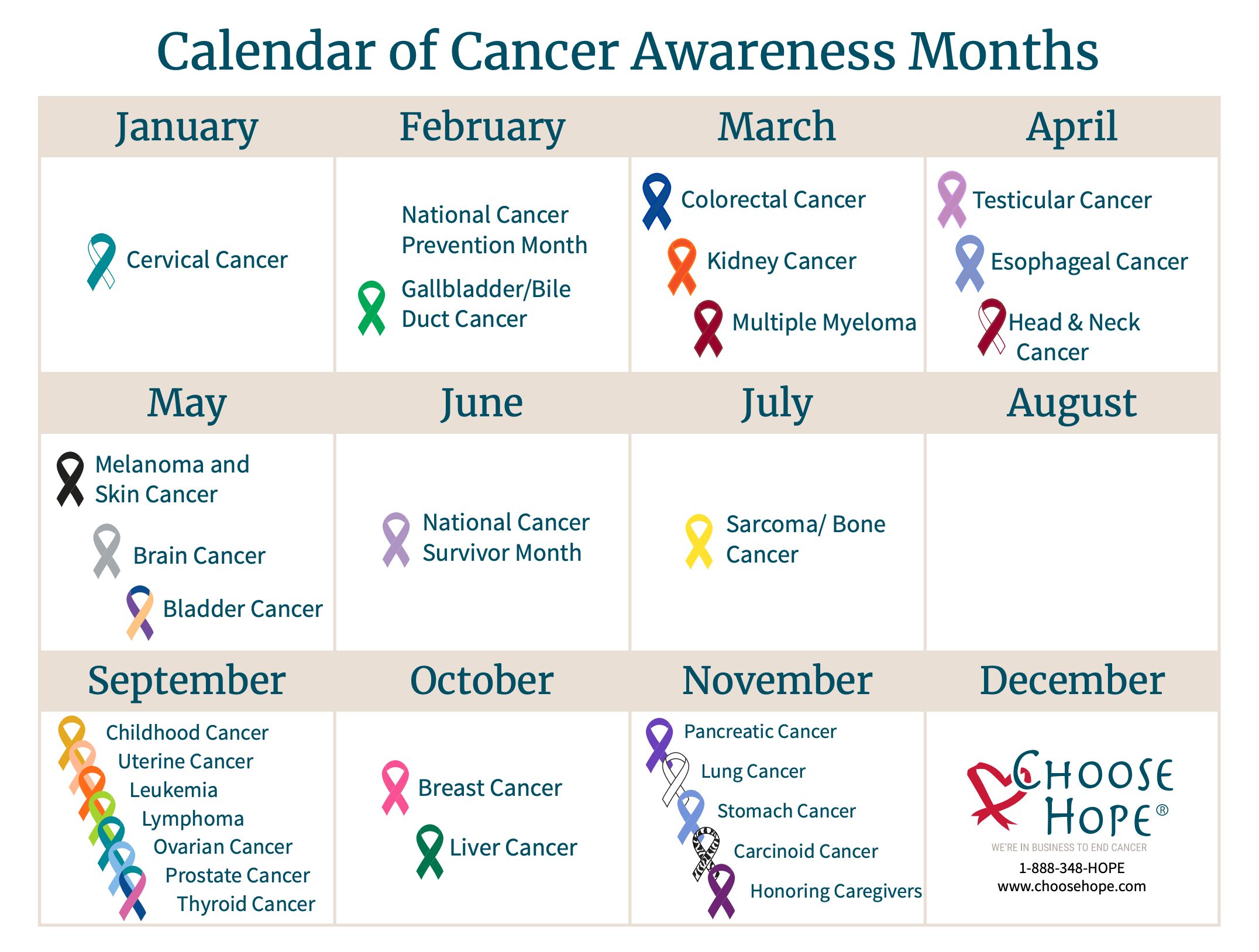
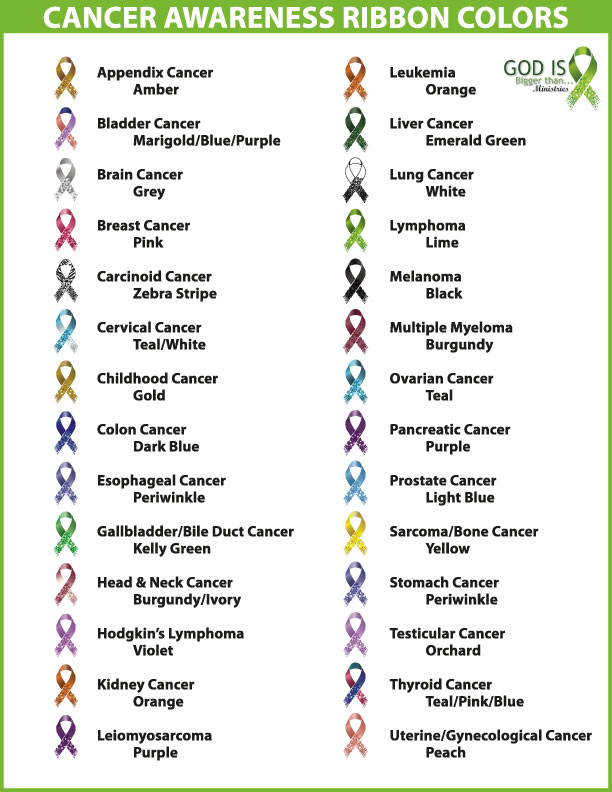

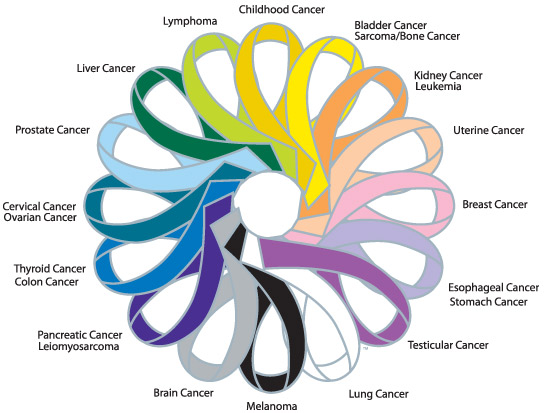
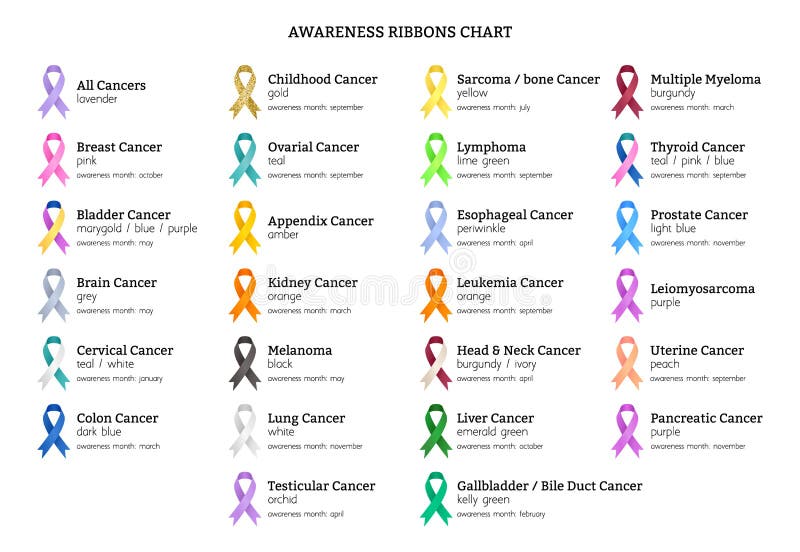




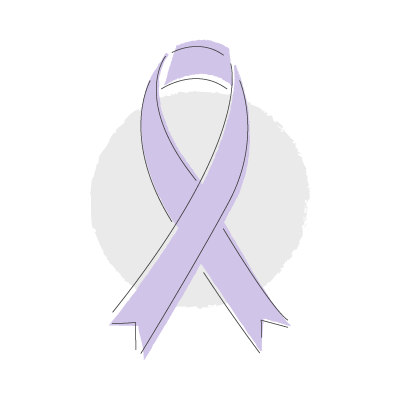




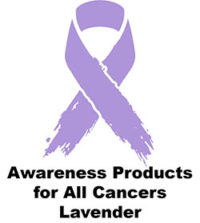

:max_bytes(150000):strip_icc()/cancer-ribbons-colors-meanings-2249253-76456f32736144a48344fa49ff0eb0e0.png)
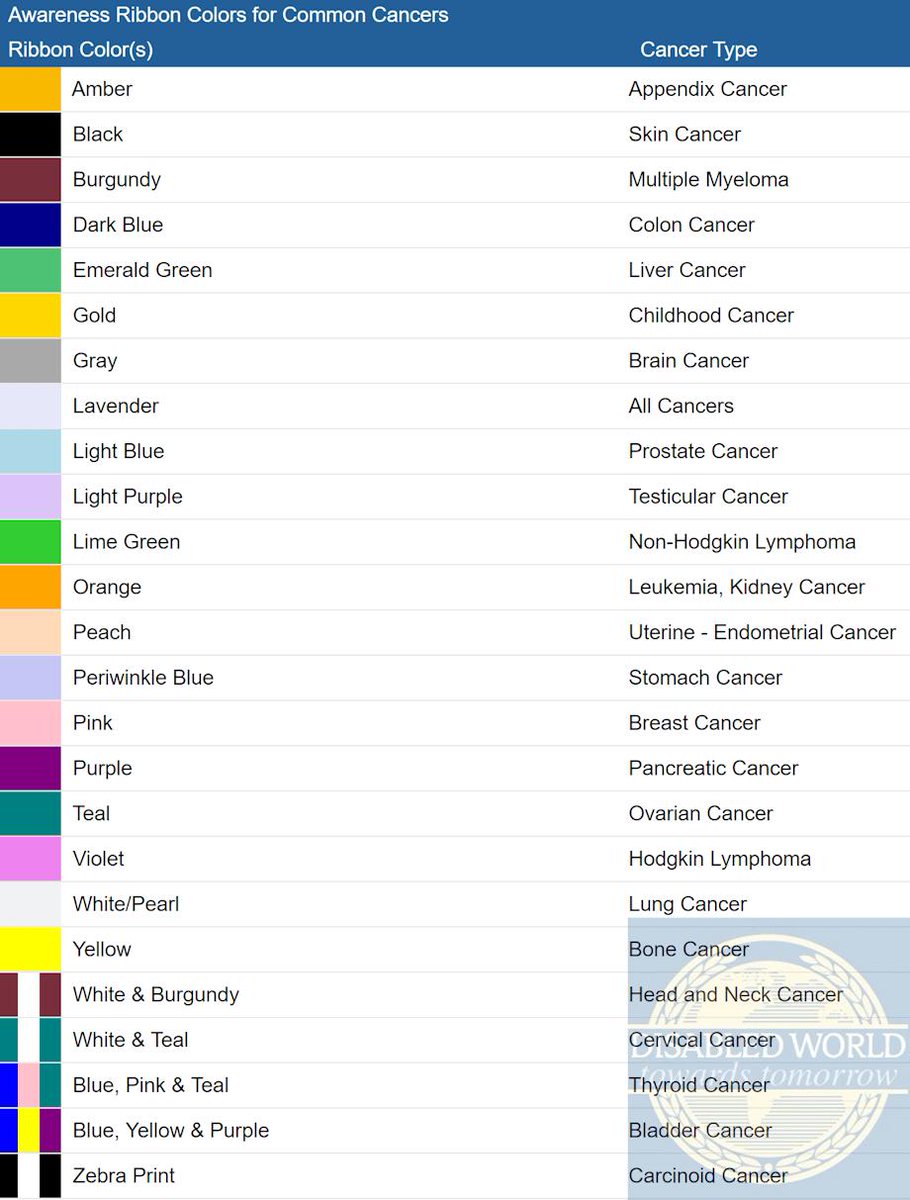





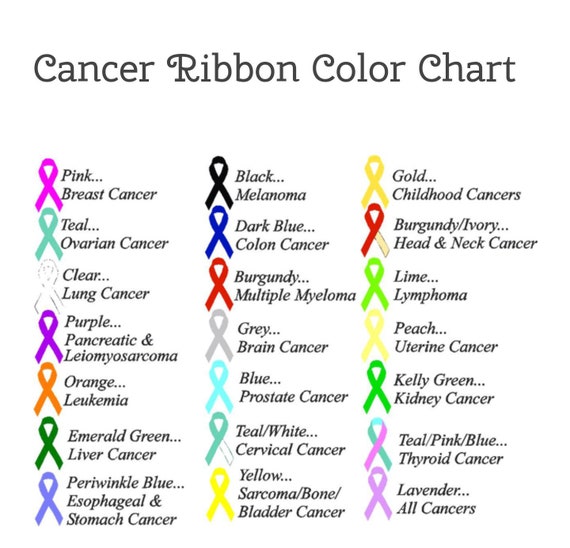
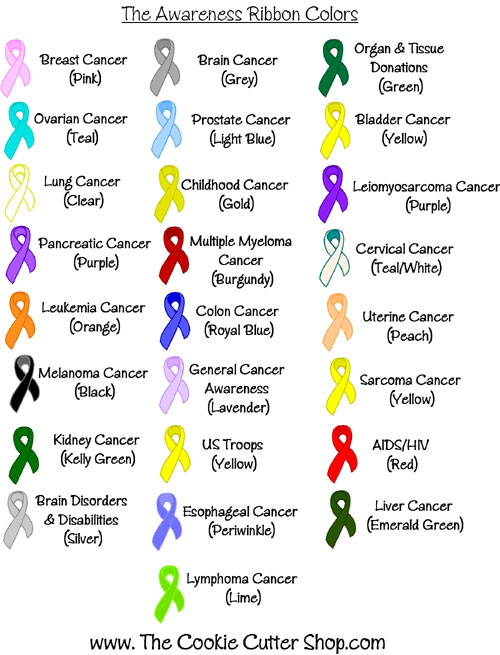


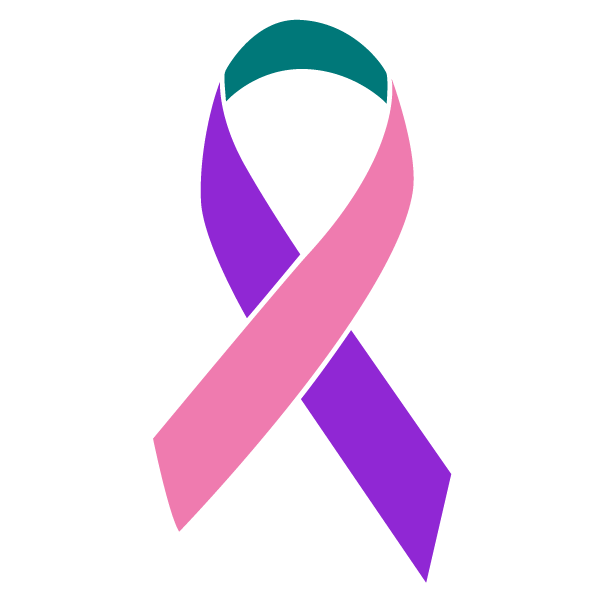
/cancerribbons-57a76e573df78cf45916362a.jpg)

